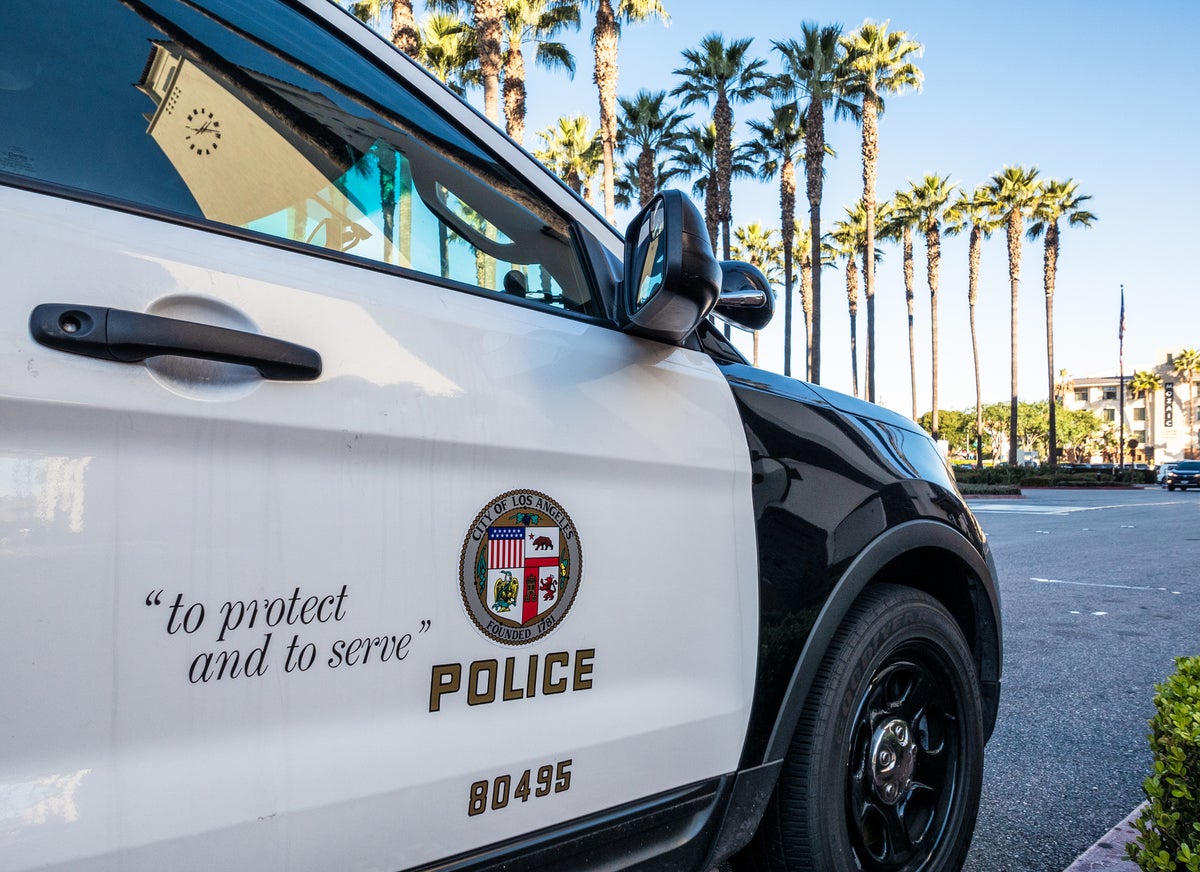

- Ref # CAB00043
- October 25, 2021
Qualified Immunity and the Use of Deadly Force
Absent a showing that police officers were on notice that deadly force used was clearly established by prior case law to be a Fourth Amendment violation, officers are entitled to qualified immunity from civil liability.
Qualified Immunity in a Fourth Amendment Use-of-Deadly-Force Case: In a companion case to the U.S. Supreme Court’s decision in Rivas-Villegas v. Cortesluna (Oct. 18, 2021) __ U.S.__ [__ S.Ct. __; __ L.Ed.2nd __; 2021 U.S. LEXIS 5311] (previously briefed), the High Court reversed where it was held by the Tenth Circuit Court of Appeal (Oklahoma)—when the officers involved were sued by the decedent’s estate—that the officers who shot and killed a hammer-wielding, intoxicated suspect, were not entitled to qualified immunity. In reversing the 10th Circuit, the Supreme Court first noted that an officer in any use-of-force (i.e., Fourth Amendment) case is entitled to qualified immunity when civilly sued, “unless it can be shown that the officer violated a statutory or constitutional right that was clearly established at the time of the challenged conduct.” (E.g., see Ashcroft v. al-Kidd (2011) 563 U.S. 731, 735.) In this new case, the Court held that it was unnecessary to decide whether the police officers involved did in fact violate the Fourth Amendment, or whether they recklessly created a situation that required deadly force. (It was alleged that by stepping towards the decedent and cornering him in the garage, the officers “recklessly” caused him to react by grabbing the hammer.) On this record, the officers plainly did not violate any “clearly established law.” The officers engaged in a conversation with the decedent, followed him into a garage at a distance of 6 to 10 feet, and did not yell at him until after he picked up a hammer and took a stance as if he was about to throw the hammer or charge at the officers. It was at this point that the officers shot and killed the decedent. Neither the Tenth Circuit Court of Appeal, nor respondent, was able to identify a single case law precedent finding a Fourth Amendment violation under circumstances sufficiently similar to put the officers on notice that what they were doing might be a Fourth Amendment (excessive force) issue. The officers were thus entitled to qualified immunity. (City of Tahlequah v. Bond (Oct. 18, 2021) __ U.S. __ [__ S.Ct. __; __ L.Ed.2nd __; 2021 U.S. LEXIS 5310].) In so finding, the Supreme Court chastised the 10th Circuit, as the justices have so often done with the Ninth Circuit (e.g., see City & County of San Francisco v. Sheehan (2015) 575 U.S. 600, 613.), telling the lower court: “We have repeatedly told courts not to define clearly established law at too high a level of generality. (Citation) It is not enough that a rule be suggested by then-existing precedent; the ‘rule’s contours must be so well defined that it is “clear to a reasonable officer that his conduct was unlawful in the situation he confronted.”’ (Citation) Such specificity is ‘especially important in the Fourth Amendment context,’ where it is ‘sometimes difficult for an officer to determine how the relevant legal doctrine, here excessive force, will apply to the factual situation the officer confronts.’ (Citation)”







